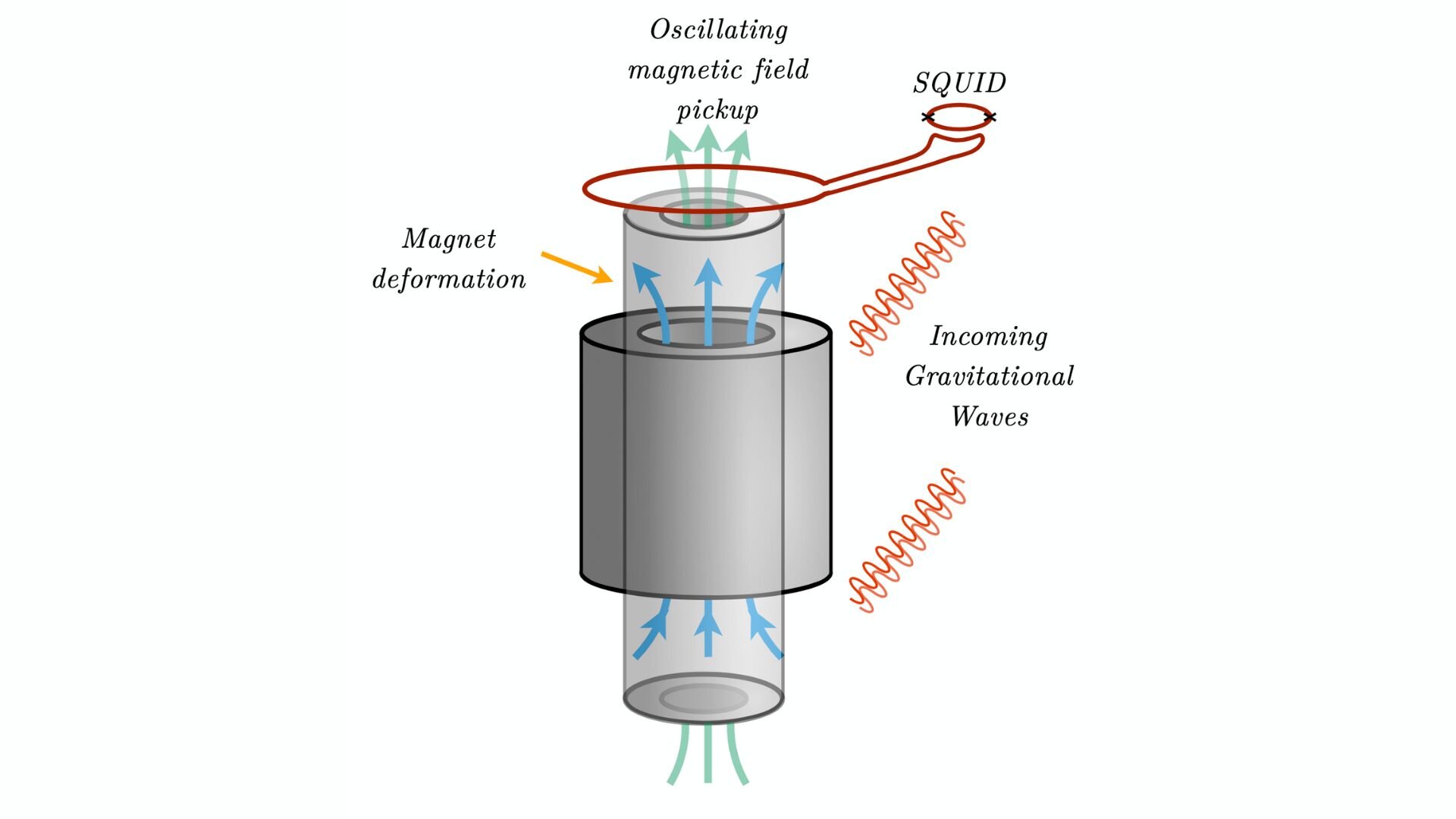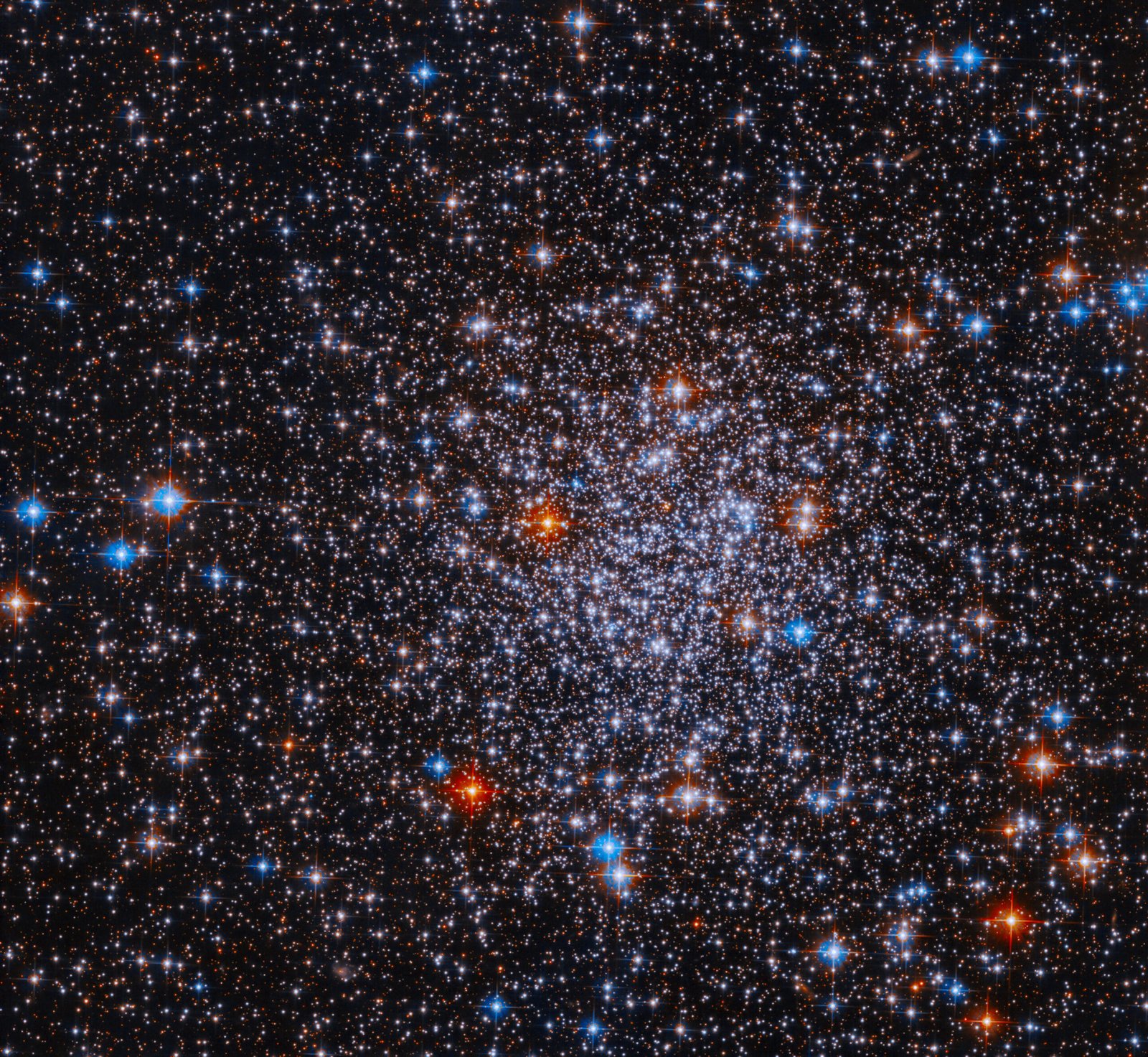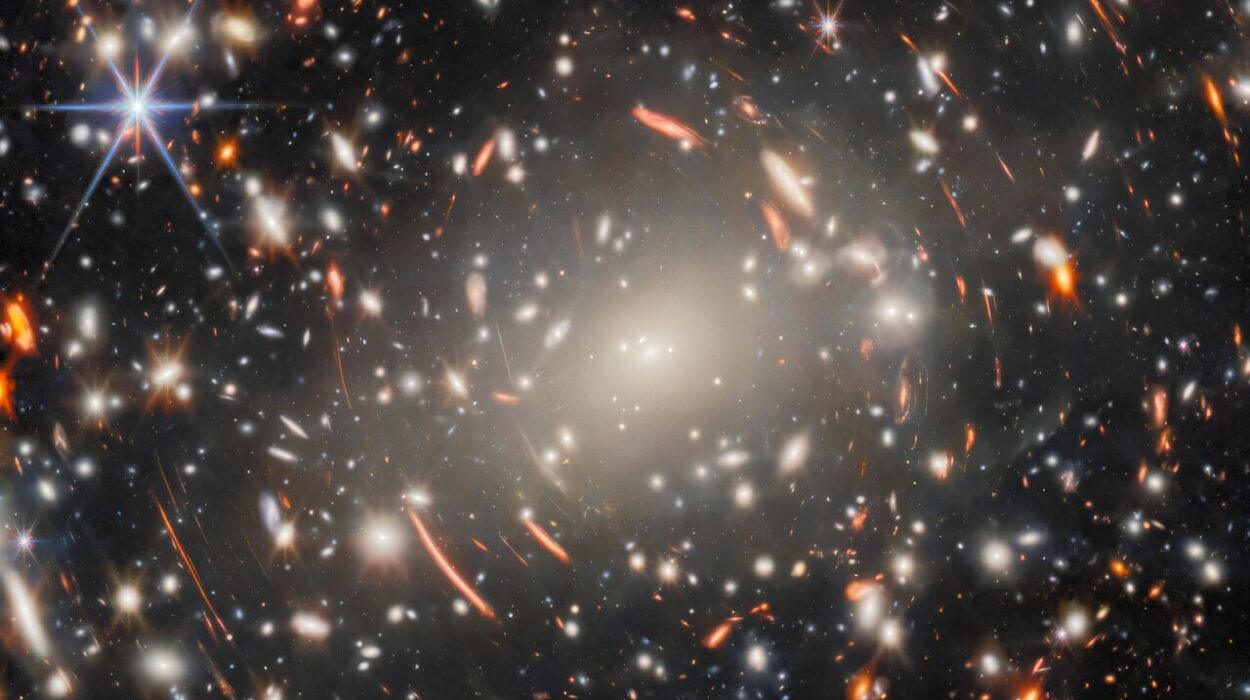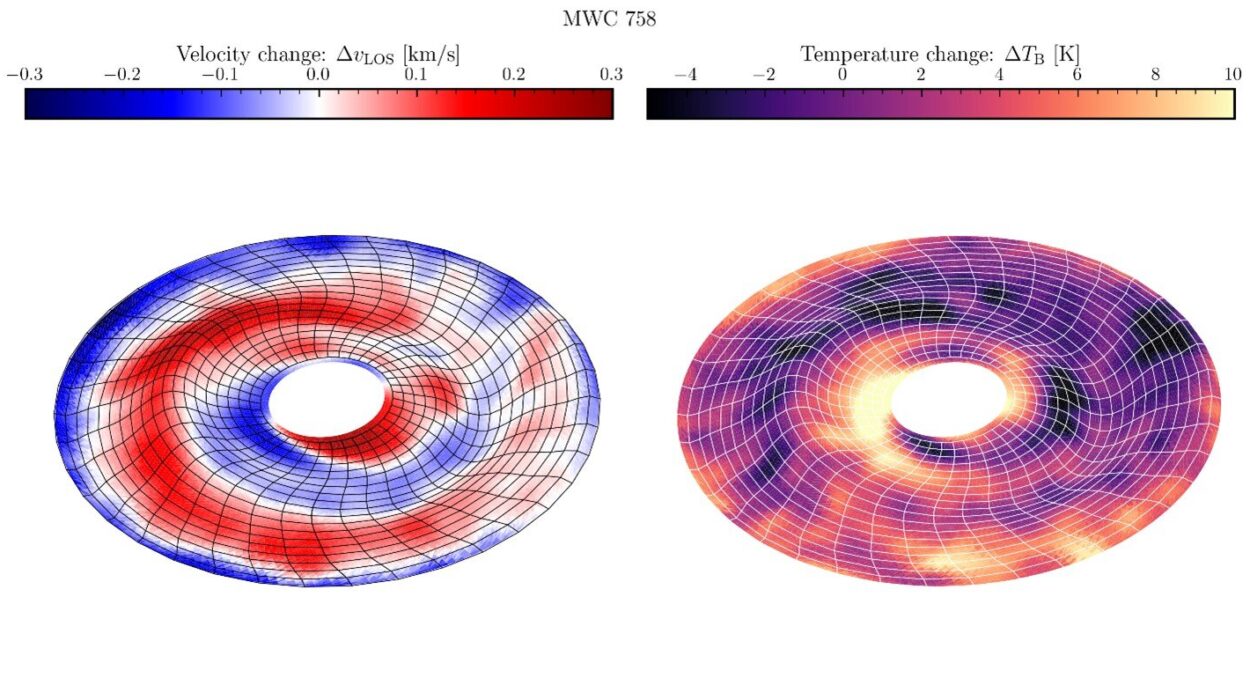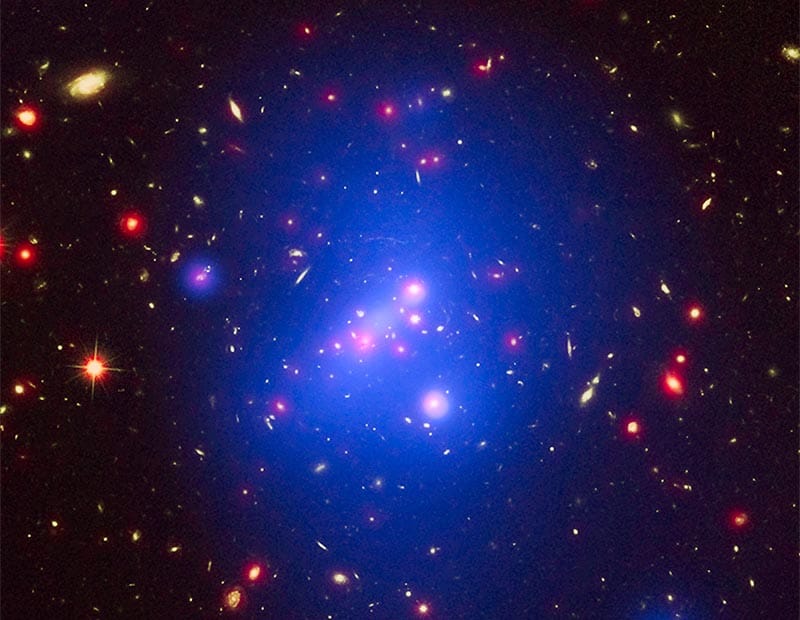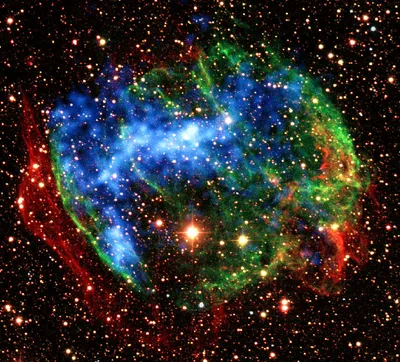It begins with a ripple—a faint tremor in the very fabric of space and time. Long before it reaches Earth, this ripple has journeyed across galaxies, carrying the echo of cataclysmic cosmic events. Black hole mergers. Neutron star collisions. The birth pangs of the early universe.
For decades, these whispers have gone unheard above a certain frequency—lost in a quiet range of space where our most sensitive instruments couldn’t listen. But now, thanks to an unexpected innovation, we may be tuning in to an entirely new symphony of the cosmos.
In a groundbreaking new study published in Physical Review Letters, a team of researchers proposes that superconducting magnets—originally built to detect dark matter—can also serve as exquisitely sensitive detectors of gravitational waves. This concept doesn’t just refine our tools; it opens an entirely new frequency range to gravitational wave astronomy, from kilohertz to megahertz—an unexplored octave in the cosmic score.
An Old Idea, Reimagined for the Quantum Age
In the 1960s, physicist Joseph Weber pioneered a method of gravitational wave detection using enormous metal cylinders known as “Weber bars.” These massive structures would physically resonate if a gravitational wave passed through them. The idea was bold—and historically significant—but the technology of the time proved too limited. The bars only worked within narrow frequency bands, like instruments that could only play a single note in tune.
Fast-forward to today, and a new generation of physicists is taking Weber’s idea to the next level. Instead of relying on mechanical resonance alone, the new approach uses DC superconducting magnets as “magnetic Weber bars.” These magnets aren’t just components—they’re instruments with a direct line to the universe’s vibrations.
“We recognized that while the original Weber bar concept worked very well near resonance, it failed outside that narrow range,” explained Dr. Sebastian Ellis of the University of Geneva, one of the study’s authors. “You can think of it as an instrument that plays beautifully on-key but sounds terrible off-key. Our approach fixes that.”
How to Hear the Universe with a Magnet
Gravitational waves are notoriously subtle. They warp space-time so faintly that even LIGO’s enormous laser interferometers barely detect them. But Ellis and his colleagues—Valerie Domcke from CERN and Nicholas L. Rodd from Lawrence Berkeley National Laboratory—found a way to amplify these ghostly signals using magnetic fields.
Here’s how it works: as a gravitational wave sweeps through a superconducting magnet, it causes microscopic deformations in the structure of the magnet itself. These tiny distortions—similar to the way gravitational waves slightly jiggle LIGO’s mirrors—then distort the magnetic field generated by the flowing superconducting current.
That subtle magnetic wobble is precisely what scientists can measure.
To detect these signals, the team proposes using ultra-sensitive quantum sensors called SQUIDs (Superconducting Quantum Interference Devices). These are among the most delicate instruments in modern science—capable of detecting minute changes in magnetic fields far smaller than anything a conventional sensor could register.
“It’s a two-step process,” said Ellis. “The gravitational wave distorts the structure, which in turn distorts the magnetic field. And that field change is something we can read directly with quantum sensors.”
Magnets Built for Dark Matter, Repurposed for Gravity
The idea wasn’t born in a vacuum. The team realized that massive superconducting magnets already being built for dark matter experiments—such as DMRadio and ADMX-EFR—were essentially ideal gravitational wave detectors in disguise.
“These experiments were designed to look for axions, a hypothetical dark matter particle,” Ellis said. “They feature huge, powerful magnets with incredible energy storage. What we saw was an opportunity: these setups could simultaneously hunt for both axions and gravitational waves.”
The magnets used in these experiments contain far more magnetic energy than the electrical energy in traditional Weber bars. This energy density translates to greater sensitivity, especially outside the resonant frequencies that limited past detectors.
While the sensitivity of these magnetic detectors wouldn’t match LIGO at its peak—around a few hundred hertz—they would outperform LIGO at higher frequencies, from a few kilohertz up to 10 megahertz. That’s a region no current gravitational wave observatory can probe.
Exploring a New Gravitational Frequency Band
The significance of this is hard to overstate. For the first time, we may be able to listen to gravitational waves in a previously silent band of the universe. This frequency range could harbor signals from entirely different phenomena—smaller black holes, exotic neutron star interactions, or early universe processes beyond the reach of current instruments.
“The kilohertz to megahertz range is almost completely unexplored,” Ellis said. “It’s like having a radio that could only hear AM, and suddenly it can hear FM too. Who knows what’s playing on those stations?”
What makes the proposal even more compelling is its practicality. The necessary infrastructure—superconducting magnets, isolation chambers, quantum sensors—is already being developed for axion experiments. By adding a gravitational wave detection protocol, scientists can double the scientific output of these facilities.
Challenges of Isolation and Noise
Still, the path ahead isn’t without its obstacles. One of the biggest challenges in gravitational wave detection is noise—both environmental and instrumental. Vibrations from the ground, temperature fluctuations, even nearby electronics can mimic or drown out the delicate signature of a passing wave.
“The device needs to be extremely well isolated from environmental vibrations,” Ellis said. “This is similar to the problem faced by LIGO and the AURIGA Weber bar experiment. But those systems succeeded in isolating their detectors, which makes us optimistic that we can too.”
The team is now exploring advanced techniques to reduce noise and enhance signal fidelity. Beyond SQUIDs, they’re also investigating other quantum sensing technologies that may push sensitivity even further.
Two Experiments for the Price of One
At the heart of this innovation is a principle that physicists love: efficiency. By adapting instruments built for one fundamental question—What is dark matter?—to also answer another—How does space-time ripple?—scientists are creating a more holistic approach to understanding the universe.
“Our idea arose when we realized that planned and existing experiments targeting a dark matter candidate had the right ingredients for gravitational wave detection,” Ellis said. “We hoped that being able to search for two signals rather than one would augment the scientific case for performing these experiments.”
This dual-purpose design not only makes practical sense—it also reflects a deeper truth about nature: that the universe is not made of isolated mysteries, but interwoven threads waiting to be pulled together.
A New Age of Listening Begins
With this research, the era of magnetic gravitational wave detection may be just beginning. If successful, it could revolutionize our ability to observe the universe—not just by building bigger or more expensive observatories, but by listening smarter.
It’s a reminder that innovation often lies not in tearing down the old, but in reimagining it. Joseph Weber’s vision, once considered obsolete, may finally be realized—not with steel cylinders, but with superconducting coils whispering secrets from the stars.
In the silence between electromagnetic pulses, in the gentle sway of a magnet touched by space-time, there may be stories we’ve never heard before. And now, at last, we might be ready to listen.
Reference: Valerie Domcke et al, Magnets are Weber Bar Gravitational Wave Detectors, Physical Review Letters (2025). DOI: 10.1103/966v-r5fm
